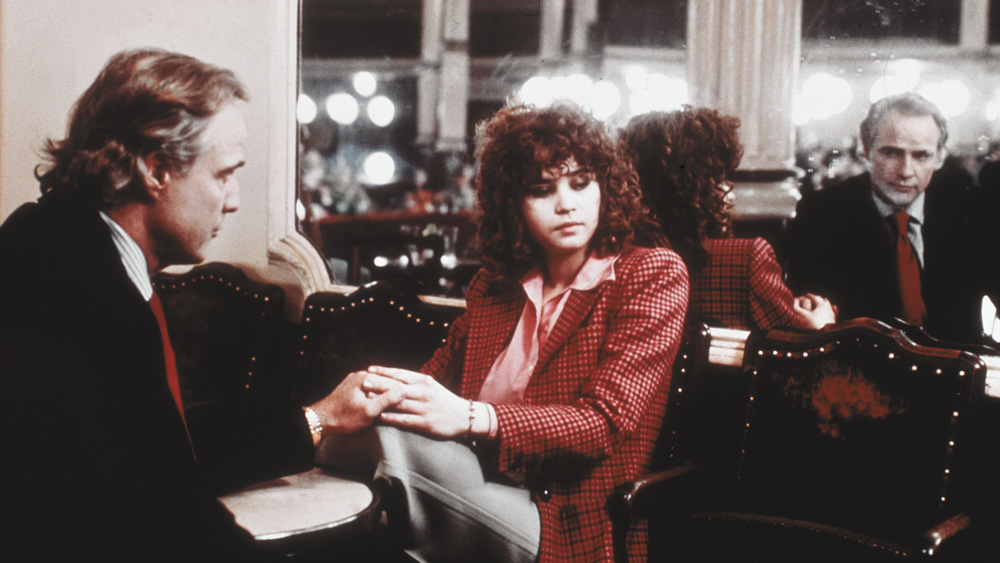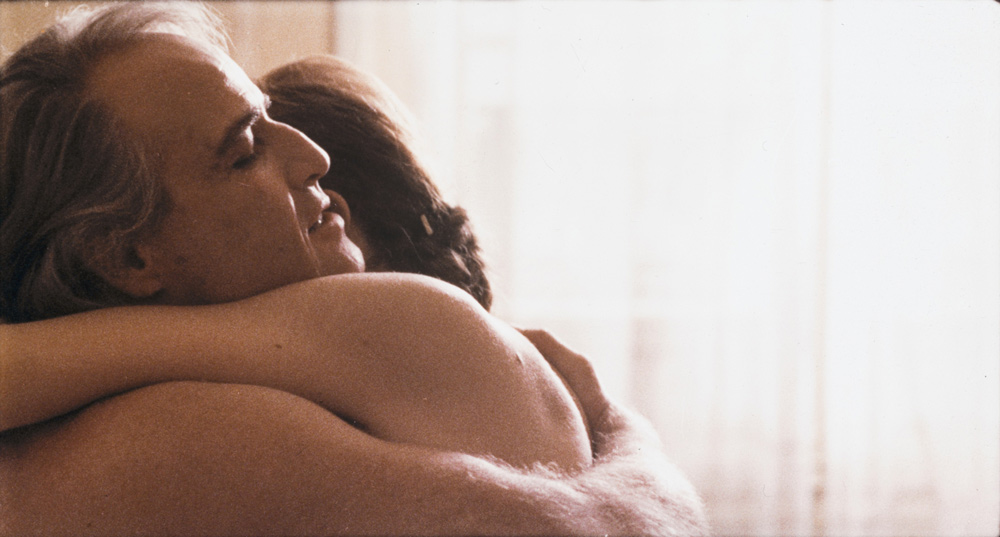
(C)2017 Metro-Goldwyn-Mayer Studios Inc. All Rights Reserved. Distributed by Twentieth Century Fox Home Entertainment LLC.
"Last Tango in Paris" The inspiration that painter Francis Bacon gives to film directors, its origins
2019.11.11
The intentions behind Francis Bacon's paintings
Many films of the time had a title at the beginning, and this film has a similar structure, but two paintings appear in sequence in the title sequence. At first glance, they appear to be Western portraits that you often see in art galleries, but on closer inspection, the contours of the faces and bodies are unclear and distorted to the point where they no longer resemble their original forms. The figures are resting on what appear to be chairs and beds, but the interior-like space is closed off, and there is no information whatsoever about who is depicted or where they are. The spatial layout makes use of the white space and the colors used are full of anxiety. This is why only the physical sense of the person depicted in the center of the canvas stands out so impressively.
The artist's name was Francis Bacon (1909-1992). He was a British painter who rose to fame overnight for his bold, radical brushstrokes that depicted people with extremely distorted faces and bodies, as well as unidentifiable creatures. He was described as one of the most important painters of the 20th century.

“Last Tango in Paris” (C)2017 Metro-Goldwyn-Mayer Studios Inc. All Rights Reserved. Distributed by Twentieth Century Fox Home Entertainment LLC.
The paintings used in "Last Tango in Paris" are relatively tame and easy to understand, but they are still enough to give off a disturbing impression. In fact, the models are the artist's lover in one painting and a woman with whom he had a relationship in the other, but there is no sense of inner life in them, and it is difficult to read easy-to-understand emotions or meanings such as joy or sadness into them.
Francis Bacon was gay and an atheist. When he was young, Bertolucci served as assistant director to director Pasolini, who remained an atheist. Communication between men and women that is only physical, without any spirituality, and the resulting disconnection. Bertolucci, who was trying to depict such a theme in his films without fear of taboos, must have seen in Francis Bacon the destruction of common sense and preconceptions. He must have wanted the film's basso continuo to sound from the beginning, along with Gato Barbieri 's slow jazz music.

